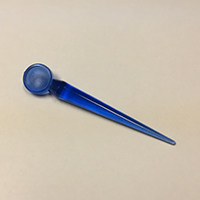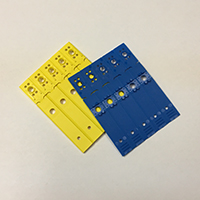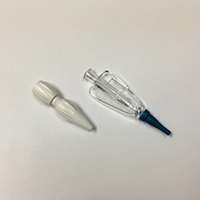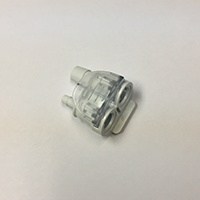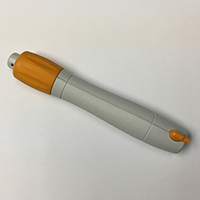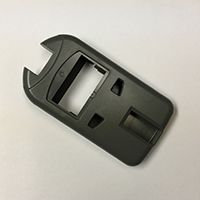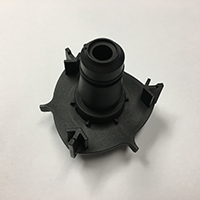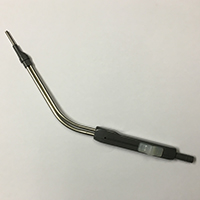Frequently Asked Questions!
What is medical molding?
Injection molding for medical devices begins by melting resin pellets and injecting them into a mold to create a medical device or device component. When producing medical components, the injection molding is typically done in a clean room.
What is clean room molding?
Clean room molding typically uses injection molding as the main process which is performed in a clean room. Many industries, like medical device, pharma, and military, use this type of manufacturing to minimize contamination from dust or other particles. Clean rooms also have specific cleaning requirements to minimize biological contamination as well.
What is the concept of a clean room?
A clean room uses HEPA filtration to control the environment in which manufacturing processes take place. HEPA filtration is used to reduce the number of particles in the air within a clean room.
What is a clean room for medical devices?
Medical device clean rooms provide a specifically controlled environment to manufacture medical products. There are specific cleanliness levels for the different clean room certifications depending on the type of product being manufactured.
What is the difference between a clean room and a white room?
A clean room must meet specific particle counts using calibrated equipment to be certified as a clean room. A white room is usually defined by the owner and has no specific particle count requirements.
How much does it cost to create an injection mold?
It varies depending on several things. Mold material, part complexity and number of cavities all affect the price and lead time of a mold.
What is custom injection molding?
Custom injection molding is a high-speed process which can produce complicated parts for many industries like automotive, medical device and electronics. The term custom means the customer, not the molder, owns the tooling.
What is a cheaper alternative to injection molding?
Rotational molding and vacuum forming are both less expensive, from a tooling point of view, than injection molding. These methods are used for less complex geometry or larger parts in smaller quantities.
Is injection molding more expensive than 3D printing?
3D printing is ideal when a new design is being proven or if there is a need for a few pieces of a component. 3D printing does not require a mold, so the up-front costs are much lower. Injection molding produces higher volume parts at a much lower unit price, but a mold has to be built.

